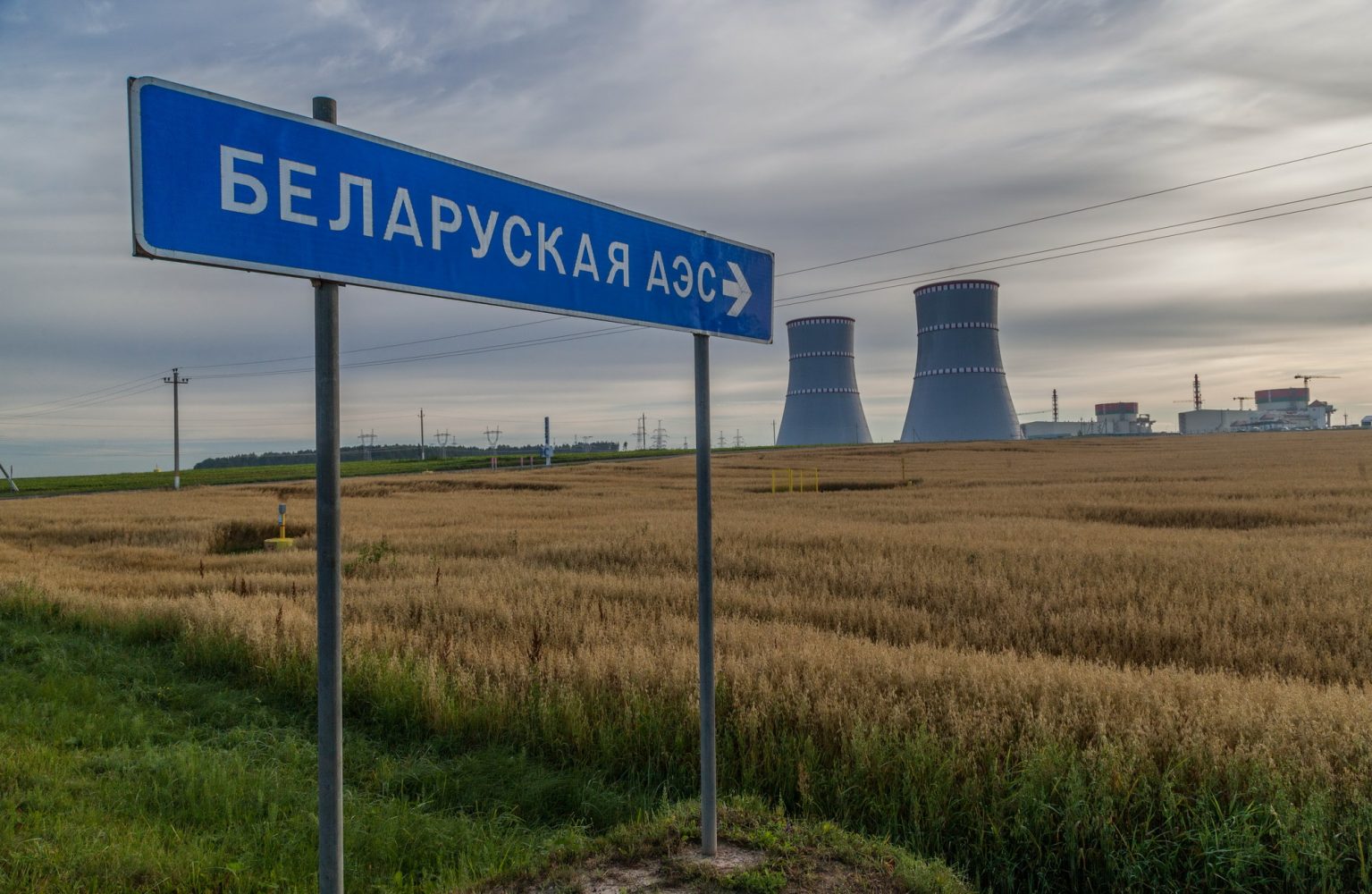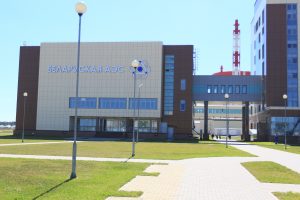
First One Ready
back to contentsThe first unit of the Belarusian NPP was commissioned on June 10. As this article goes to press, the plant already helps Belarusians heat their homes and cook food using clean energy.
“We have witnessed a historical event. The first unit of the latest Generation III+ constructed by Rosatom abroad has been put into commercial operation. It is a result of arduous work done by the team of top-notch professionals from our two countries,” Alexey Likhachev, Rosatom Director General said at the commissioning ceremony.
 The Belarusian NPP is the country’s first nuclear power plant located in the town of Ostrovets (Astravets). The plant has two power units with VVER‑1200 reactors and a total capacity of 2,400 MW. Core equipment of the plant is designed to operate for 60 years, with the possibility of extending its service life for another 20 years.
The Belarusian NPP is the country’s first nuclear power plant located in the town of Ostrovets (Astravets). The plant has two power units with VVER‑1200 reactors and a total capacity of 2,400 MW. Core equipment of the plant is designed to operate for 60 years, with the possibility of extending its service life for another 20 years.
Before Unit 1 went into commercial operation, Rosatom engineers did much work to check and test the systems and equipment and briefed the staff to be sure everything was ready for operation. The power unit already produced nearly 3 billion kilowatt-hours of electricity, from the moment it was brought online till the official acceptance certificate was signed for the plant.
Power for food and heat
The Belarusian NPP is expected to generate around 18.5 billion kWh annually. In the future, electricity generated by the plant will be used to deploy new technology and production facilities. “We made plans, we knew how electric power from the nuclear plant would be used… Many countries calculate how much electric power per worker they have. This indicator shows electricity available to industrial facilities or households. More electricity per worker means the country uses advanced technologies. What consumes electricity? Robots, sophisticated equipment and electric vehicles do. For this reason, the commissioning of the nuclear power plant opens up ample opportunities for the development of new industries,” country’s First Deputy Economics Minister Yuri Chebotar told the Belarusian media outlet Ctv.by.
For now, clean energy is used for more down-to-earth purposes, though no less important for the Belarusians, such as heating homes, cooking food and supplying hot water.
Belarusian NPP Unit 1 with latest Gen III+ VVER-1200 PWR on board has been officially commissioned. Abundance of energy, clean air, tech development boost, new jobs and all the lovely things are also there. P.S. This is the first nuclear power unit in Europe since 2007! pic.twitter.com/daFQYNOixr
— Rosatom Global (@RosatomGlobal) June 10, 2021
In response to growing demand, the authorities put effort in creating and upgrading organizational and technological infrastructure. From 2019 until the end of the first quarter of 2021, local offices of the state-owned power grid operator Belenergo received 47,550 applications for the connection of households to the power grid to use electricity for heating and hot water supply. To address all the applications filed, the Belarusian authorities set new tariffs and launched an extensive power grid upgrade program. “We are currently upgrading nearly 1,700 km of power transmission lines. Next year, we plan to increase the length of upgraded power lines to 2,700 km to respond to as many applications as possible,” said Mikhail Mikhadyuk, Deputy Minister of Energy. In 2021–2025, the country will allocate about 1.5 billion Belarusian rubles earmarked for retrofitting 0.4–10 kV overhead power lines.
Mikhail Mikhadyuk also gave assurances that Belarus would build over 2 million square meters of residential space in the next five years, with heating, hot water and cooking secured with electricity.
Safety support
On June 14–15, the IAEA organized an online mission to Belarus. Experts from the USA and Argentina reviewed a self-evaluation report on how the Belarus NPP meets recommendations and proposals regarding the Technical Support and Operational Experience aspects covered by the pre-OSART mission. The opinion and recommendations of the IAEA experts will be used to prepare for the repeated pre-OSART mission, which is to visit the country in October 2021.
 Belarus also expects an IPPAS (International Physical Protection Advisory Service) mission of the IAEA to arrive in the country this summer. In September, the Belarus NPP will be inspected by experts from the European Nuclear Safety Regulators Group (ENSREG). The previous ENSREG mission visited the plant in February 2021. In the fourth quarter of 2021, Belarus will receive a follow-up IRRS (Integrated Regulatory Review Service) mission that will check the compliance with the recommendations made in 2016.
Belarus also expects an IPPAS (International Physical Protection Advisory Service) mission of the IAEA to arrive in the country this summer. In September, the Belarus NPP will be inspected by experts from the European Nuclear Safety Regulators Group (ENSREG). The previous ENSREG mission visited the plant in February 2021. In the fourth quarter of 2021, Belarus will receive a follow-up IRRS (Integrated Regulatory Review Service) mission that will check the compliance with the recommendations made in 2016.




